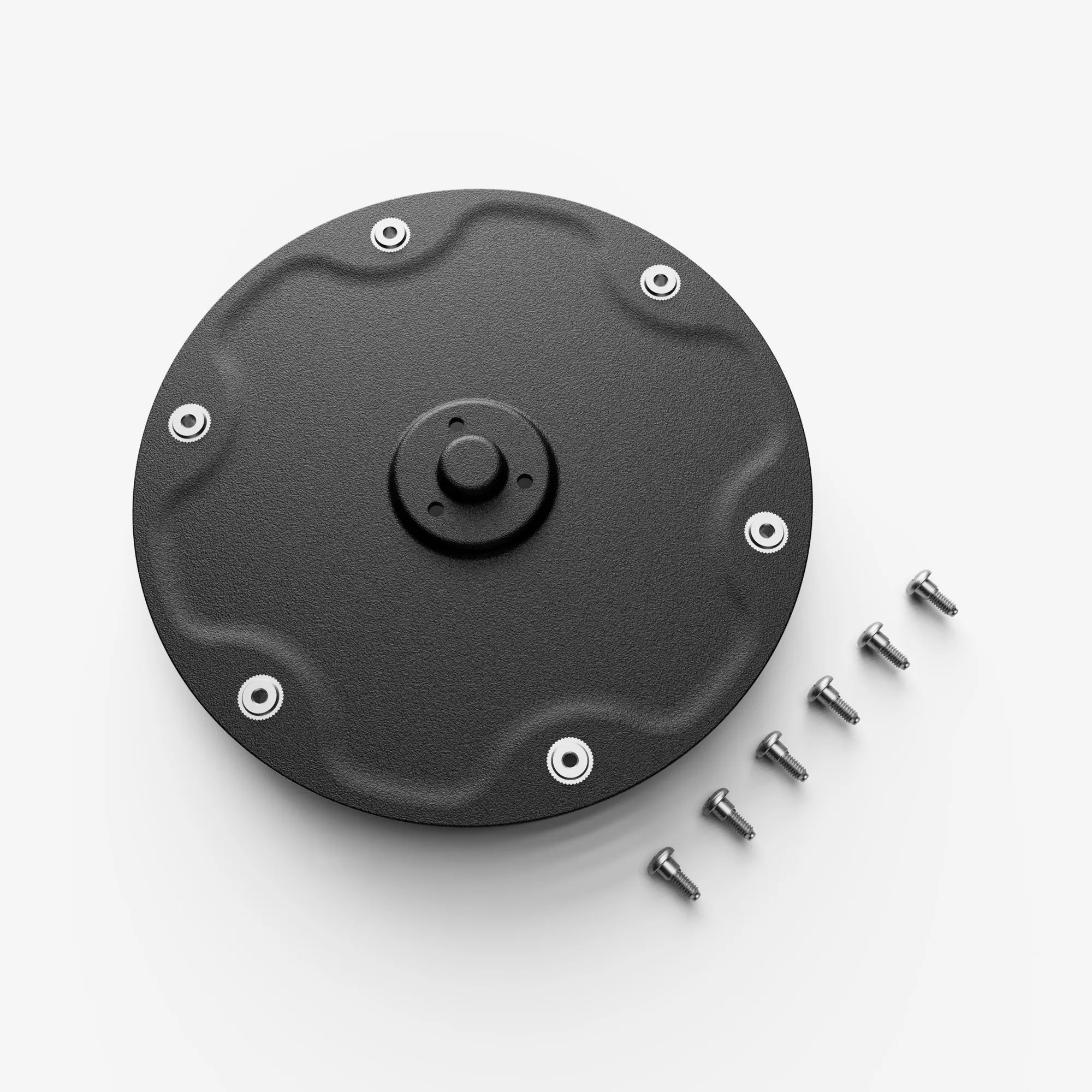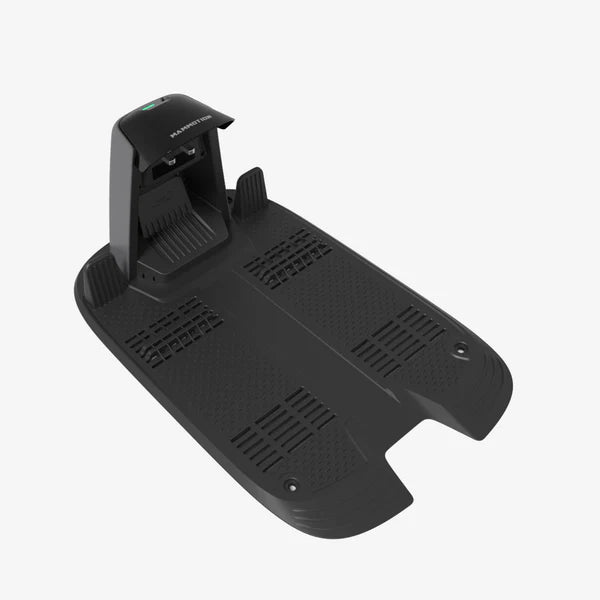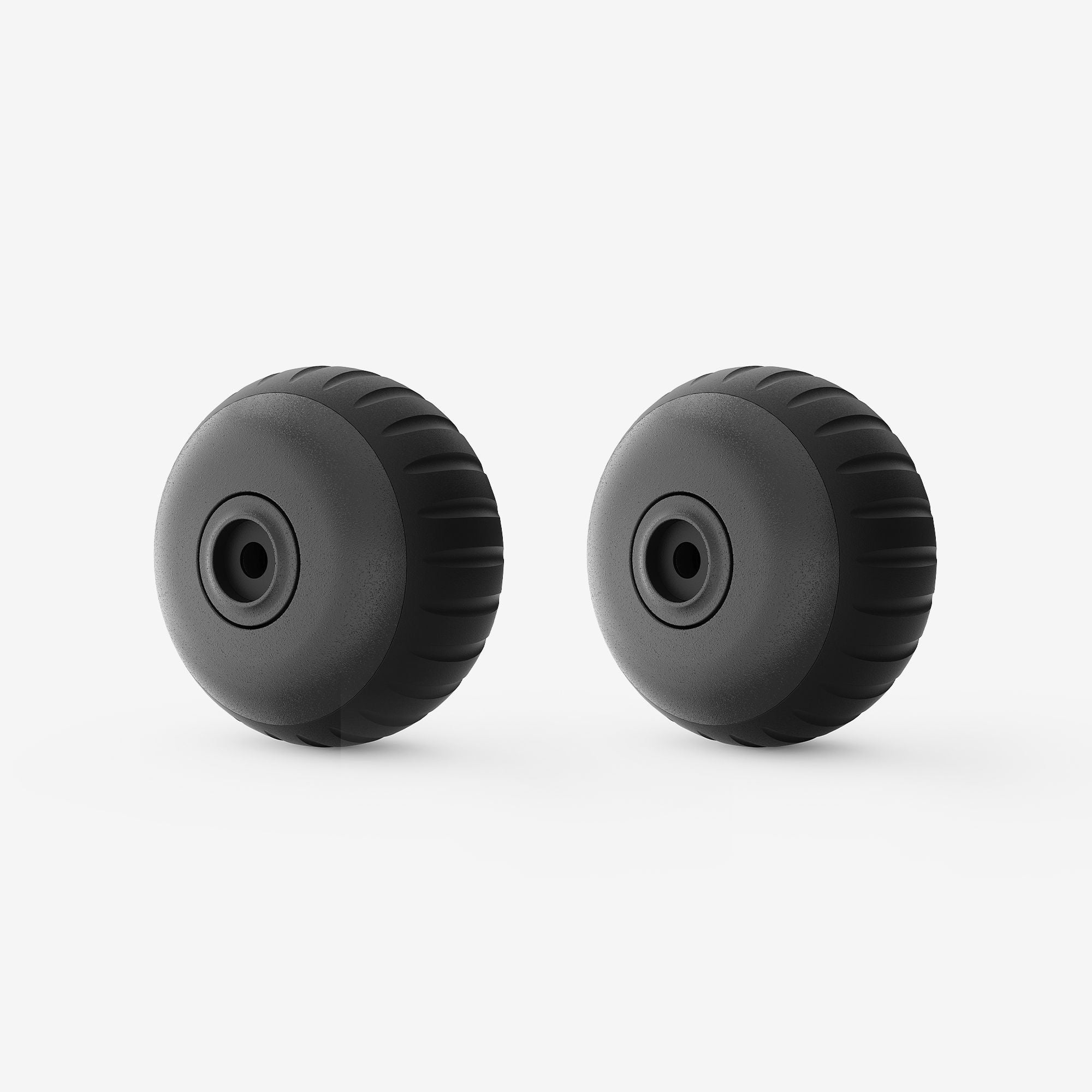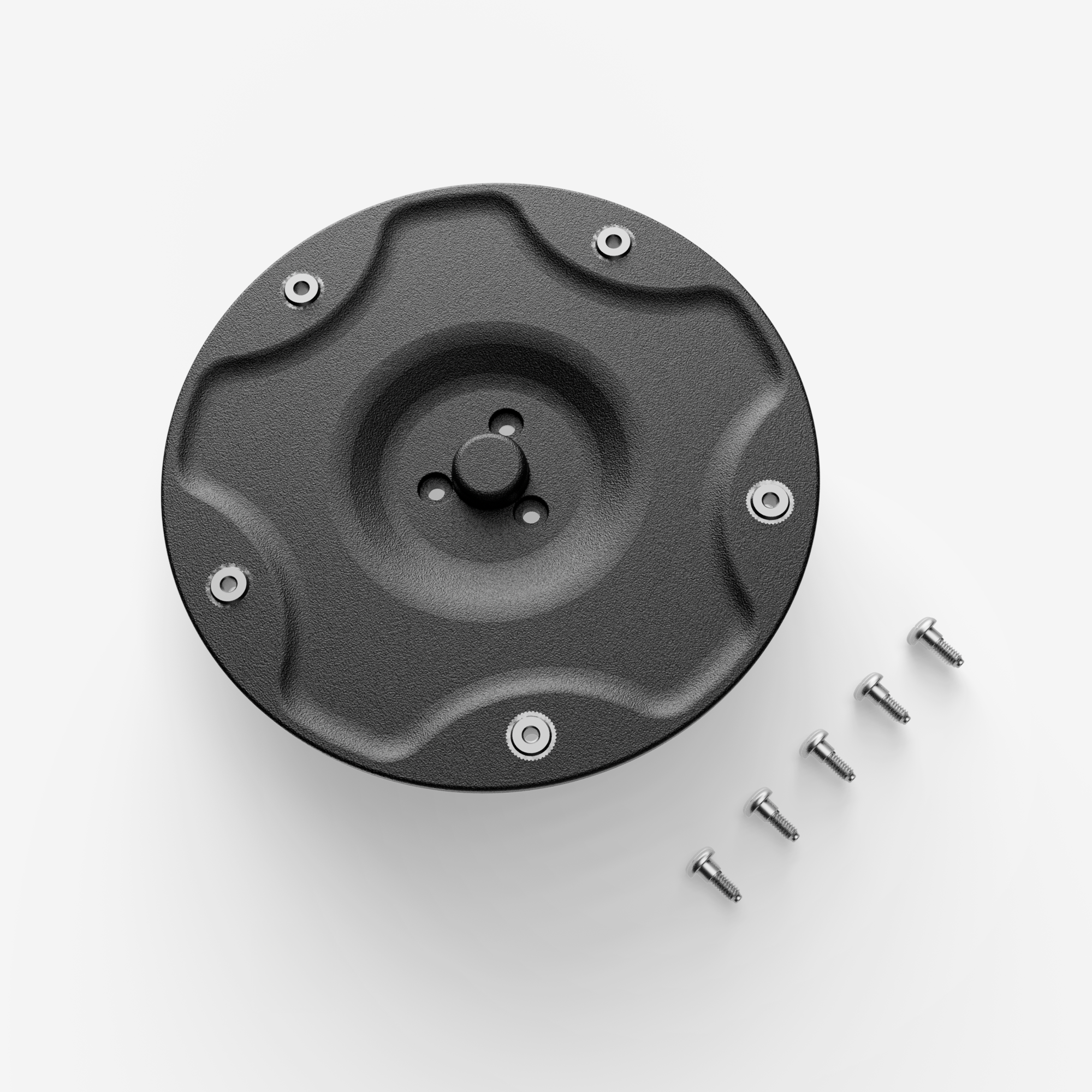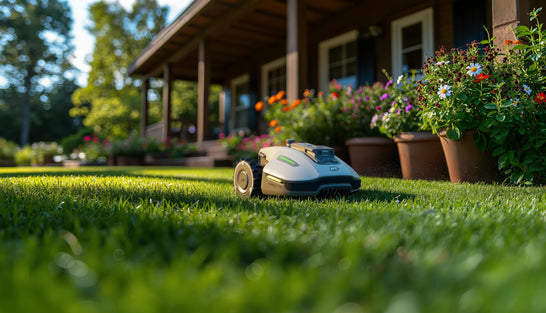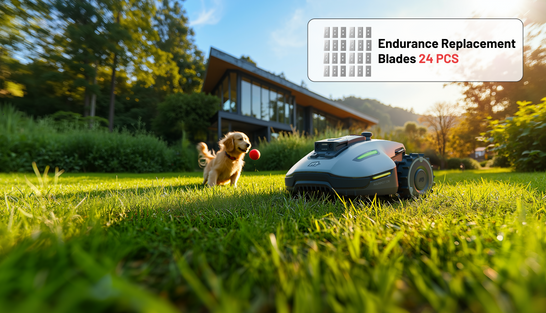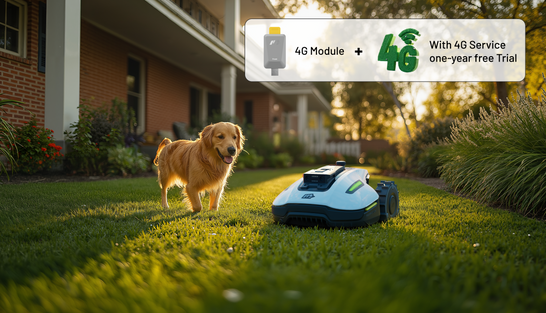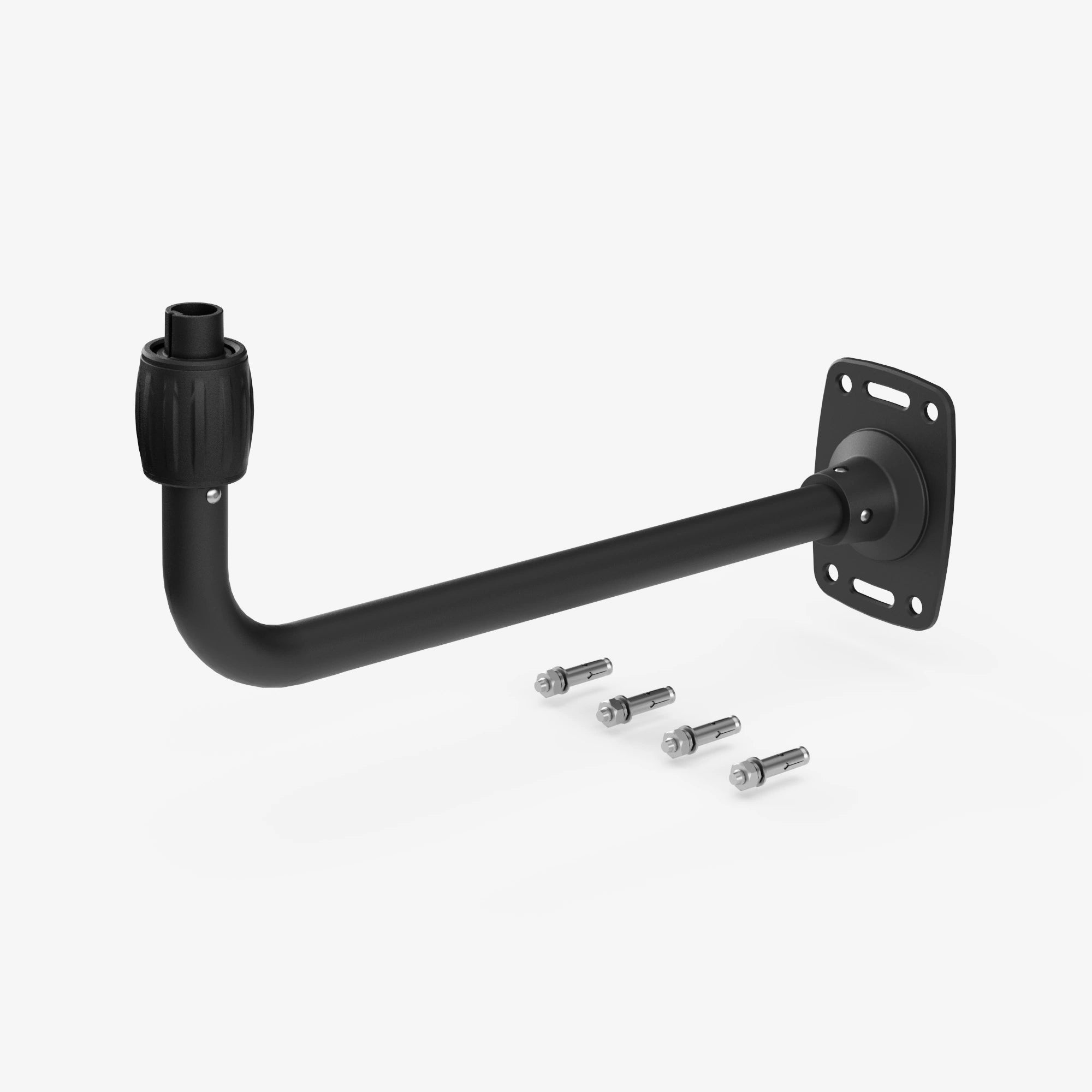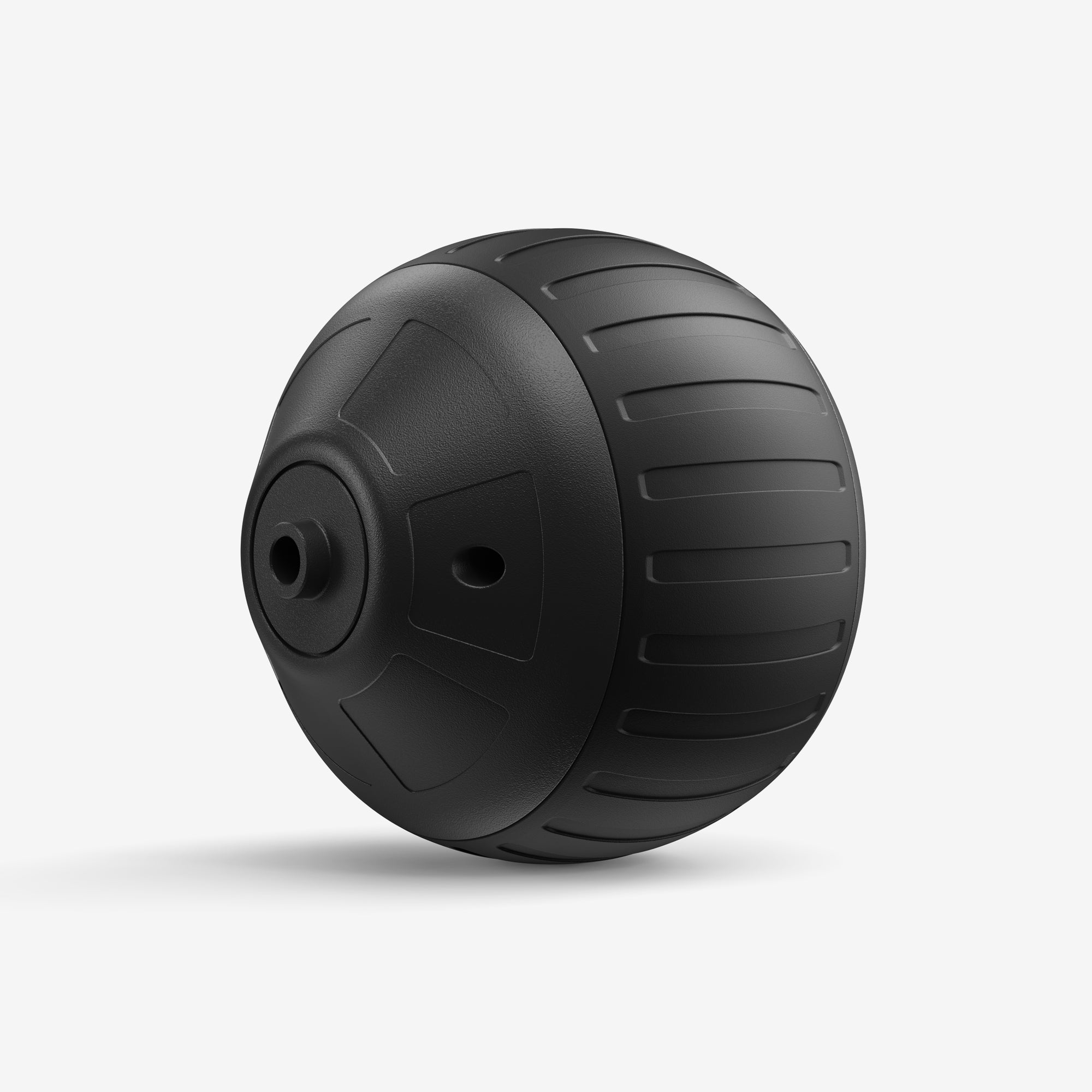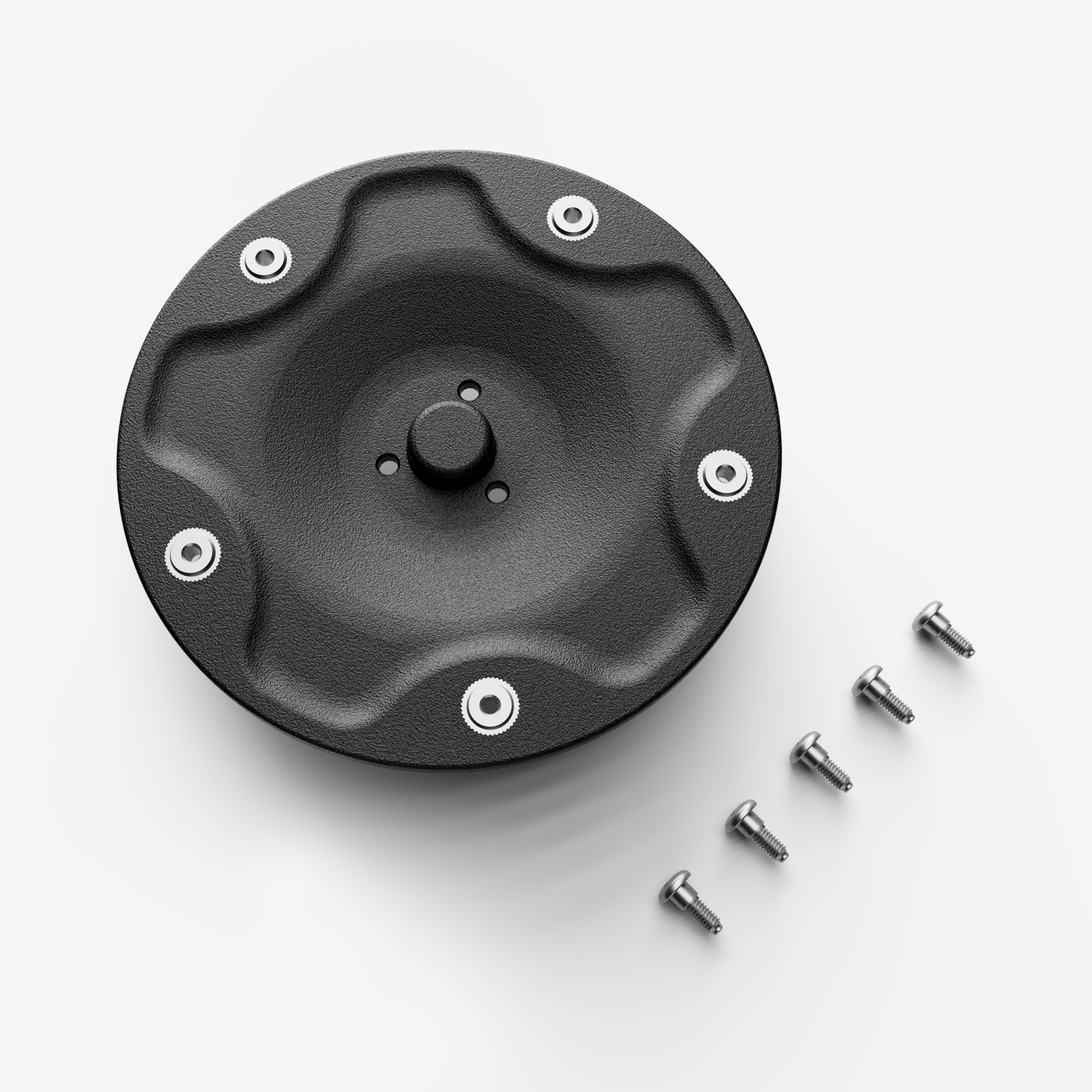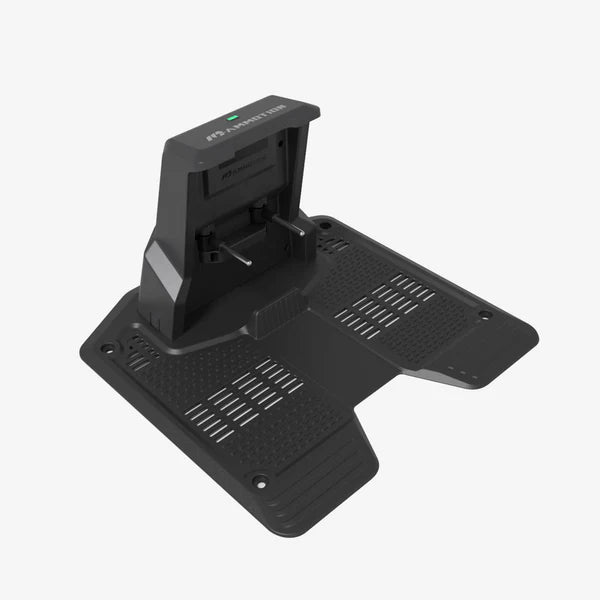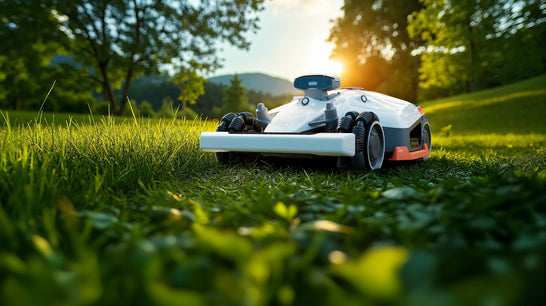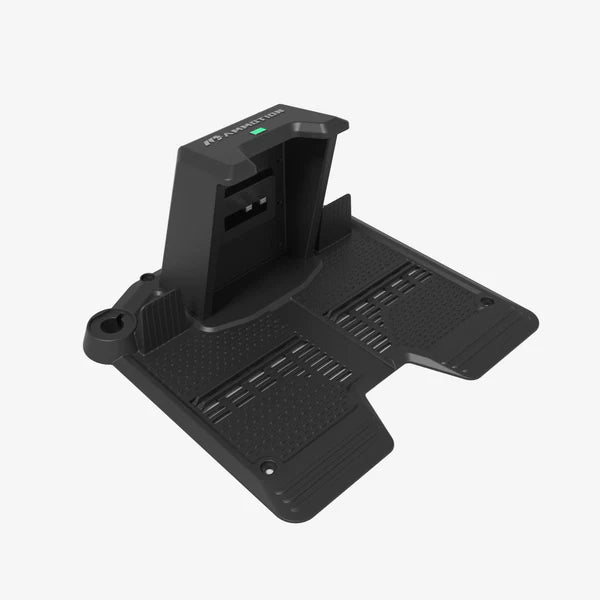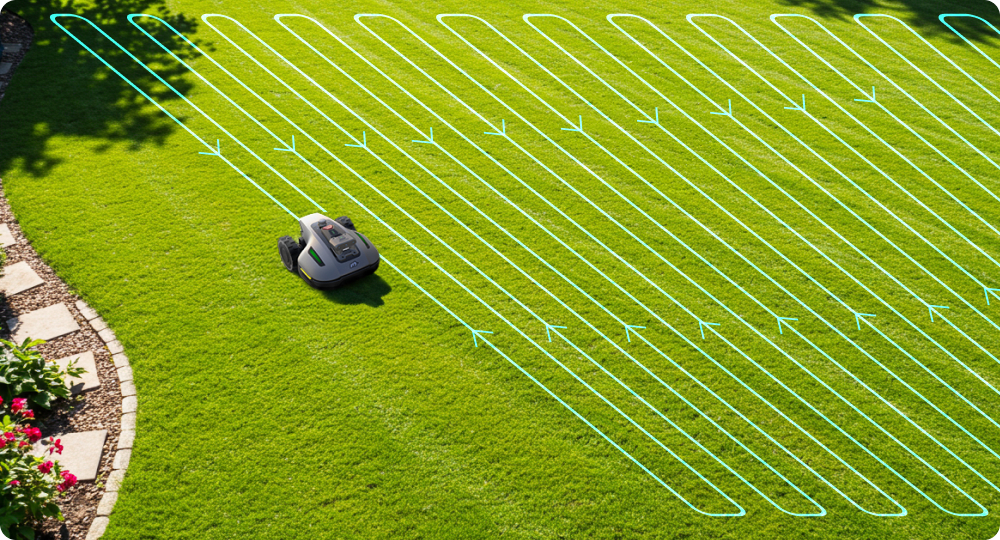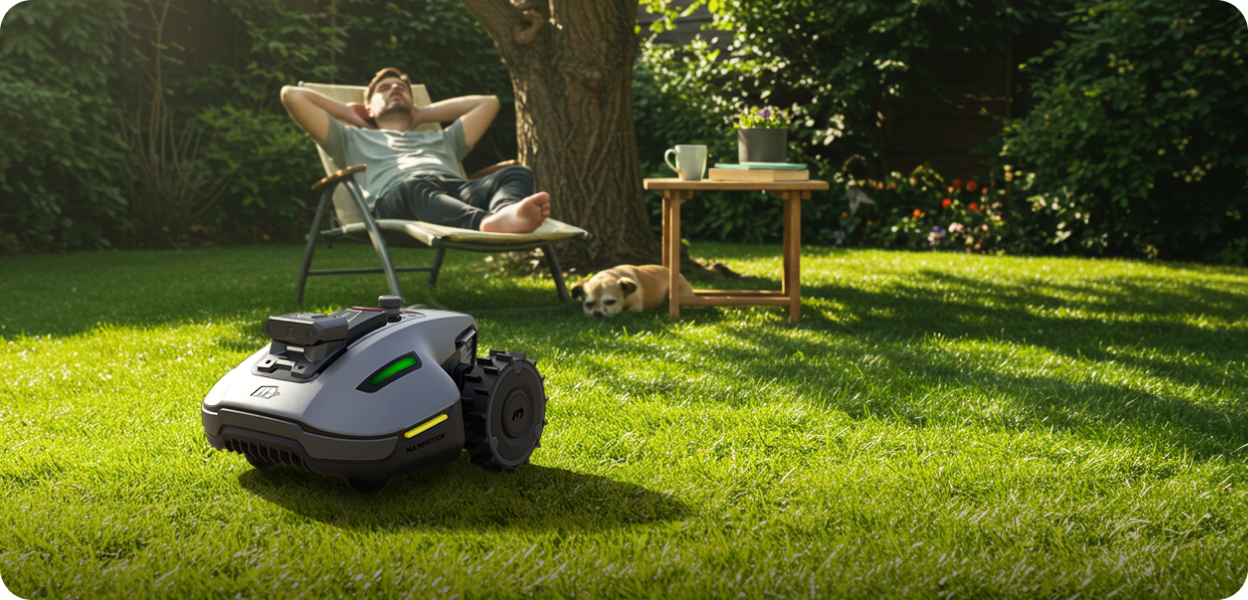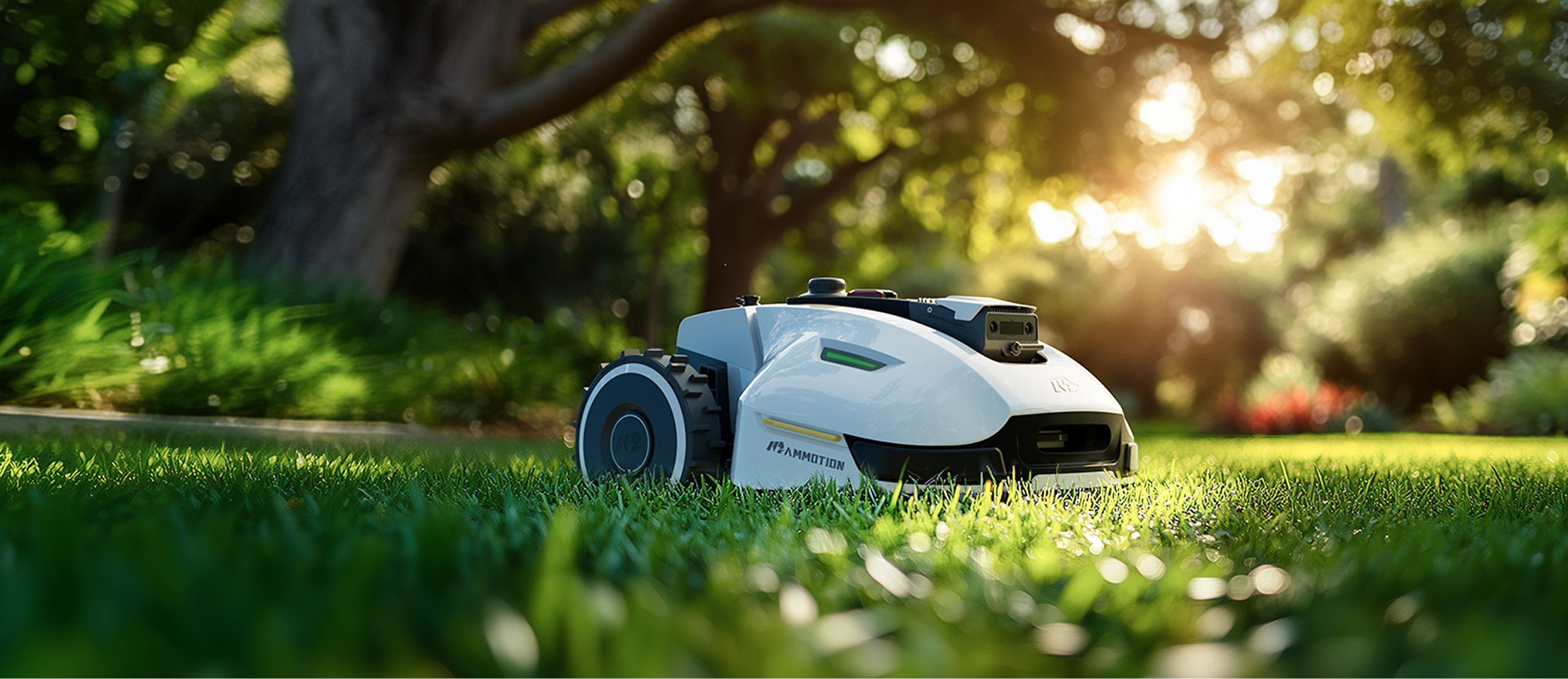Lawn mowing patterns play a much bigger role in lawn care than most homeowners realize—especially when robotic lawn mowers enter the picture. Unlike traditional push or ride-on mowers that create visible stripes and directional patterns, robotic mowers follow mowing patterns designed for efficiency, coverage, and consistent grass health. As more homeowners switch to automated lawn care, understanding how these mowing patterns work becomes essential for choosing the right robot mower and getting the best results from it.
In this guide, we’ll break down the most common robotic lawn mowing patterns, explain how they differ from traditional mowing techniques, and explore the specific mowing paths used by modern robotic mowers, including Mammotion’s mowing patterns.
What Are Lawn Mowing Patterns and Why Do They Matter?
Lawn mowing patterns refer to the direction and sequence in which a mower travels across the lawn. With traditional mowers, these patterns often create visual stripes, but for robotic mowers, mowing patterns mainly influence coverage, efficiency, and long-term lawn health.
A well-designed mowing pattern ensures every part of the yard is cut evenly, prevents missed patches, reduces turf stress, and helps the grass grow upright instead of leaning in one direction. Understanding robotic lawn mowing patterns also helps homeowners choose the right navigation method for their yard—whether they value speed, precision, or consistent all-angle cutting.
Traditional Lawn Mowing Patterns vs. Robotic Mower Patterns
Traditional lawn mowing patterns are usually deliberate and aesthetic. Homeowners often create stripes, checkerboards, or diagonal lines by mowing in straight paths and using rollers to bend grass blades in opposite directions. These patterns don’t just look professional—they also help ensure consistent coverage when done systematically.
Robotic lawn mowers, however, approach mowing patterns with a different purpose. Instead of focusing on visual striping, robotic mowers prioritize efficiency, coverage, and continuous maintenance. Their mowing patterns are shaped by navigation sensors, boundary definitions, and onboard algorithms.
Another key difference is frequency. Manual mowing is usually done once a week, but robotic mowers operate several times per week—or even daily. Because of this, their lawn mowing patterns are designed to maintain perfect uniformity rather than create bold, contrasting stripes.
Comparison Table: Traditional vs. Robotic Lawn Mowing Patterns
|
Feature / Aspect |
Traditional Lawn Mowers |
Robotic Lawn Mowers |
|
Primary Goal |
Aesthetic stripes and visual patterns |
Full coverage, efficiency, and consistent maintenance |
|
Typical Pattern Type |
Straight lines, stripes, checkerboard, diagonal |
Random, systematic (parallel, chequerboard, triangle pattern) |
|
Pattern Consistency |
Depends on operator skill |
Software-controlled, highly consistent |
|
Grass Impact |
Bends grass in one direction, creating stripes |
Cuts from multiple angles, promotes upright growth |
|
Coverage Efficiency |
One session per week; may miss areas |
Multi-session; full coverage achieved over time |
|
Equipment Influence |
Rollers and mower weight affect striping |
Sensors, mapping, and navigation algorithms control pattern |
|
Time Spent Mowing |
Higher manual effort |
Fully automated, continuous micro-cuts |
|
Aesthetic Outcome |
Strong visual patterns |
Clean, uniform appearance but minimal striping |
Main Lawn Mowing Patterns Used by Robotic Lawn Mowers
Robotic lawn mowers rely on specific lawn mowing patterns to ensure consistent coverage, efficient navigation, and healthy turf growth. Unlike traditional mowers that rely on operator control, robotic mowers follow programmed or algorithm-driven paths that determine how they move across the lawn. Below are the two primary mowing patterns used in modern robotic mowing technology.
Random Mowing Pattern (Most Common)
The random mowing pattern is the oldest and most widely used navigation method. The mower travels in a straight line until it meets a boundary wire, obstacle, or sensor alert, then turns in a new direction.
- Advantages: simple operation, good long-term coverage, ideal for small to medium lawns.
- Disadvantages: less efficient, more overlap, no predictable path.
Despite seeming chaotic, random mowing eventually achieves full coverage when performed frequently.
Systematic or Straight-Line Mowing Pattern
Systematic mowing—includes parallel, chequerboard, triangle pattern—uses advanced navigation (like GPS or RTK) to cut the lawn in organized rows.
This pattern is far more efficient, reducing overlap and completing mowing tasks faster. It’s ideal for large, open lawns where predictable lines maximize speed and coverage.
Comparison Table: Robotic Lawn Mowing Pattern Types
|
Pattern Type |
How It Works |
Best For |
Advantages |
Disadvantages |
|
Random Pattern |
Moves in straight lines until hitting a boundary or obstacle, then changes direction |
Small–medium lawns, simple layouts |
Good long-term coverage; easy setup; works without advanced mapping |
Inefficient; more overlap; unpredictable path; slower completion time |
|
Systematic / Straight-Line Pattern |
Mows in parallel rows using GPS/RTK or precise mapping |
Large, open lawns |
Highly efficient; minimal overlap; faster mowing; cleaner appearance |
Requires advanced navigation; less ideal for obstacle-heavy yards |
How Lawn Mowing Patterns Affect Efficiency and Lawn Quality
The lawn mowing patterns used by robotic mowers directly influence several key aspects of performance and lawn health:
- Battery Usage: Efficient patterns, like systematic or adaptive paths, minimize overlap and unnecessary travel, conserving battery life and allowing the mower to finish tasks faster. Random patterns may require more runtime due to repeated passes.
- Coverage Uniformity: Well-planned mowing patterns ensure all areas of the lawn are evenly cut. Systematic is particularly effective on irregular or obstacle-heavy lawns.
- Grass Wear and Compaction: Multi-direction cutting from random or adaptive patterns prevents grass from leaning in one direction, reducing stress, matting, and soil compaction over time.
- Cutting Height Consistency: Patterns that maintain straight or controlled passes help prevent scalping or uneven patches, ensuring uniform grass height.
- Healthy Turf Support: Multi-direction and adaptive cutting patterns encourage upright growth, denser turf, and a more resilient lawn capable of withstanding seasonal challenges.
Selecting the right mowing pattern balances efficiency with long-term lawn health.
Systematic Lawn Mowing Patterns Used by Mammotion Robotic Mowers
Mammotion robotic mowers use systematic lawn mowing patterns designed for efficient, thorough, and consistent coverage. These patterns are particularly useful for homeowners who want both precision and optimal lawn health.
Zigzag Mowing Pattern (Parallel Path)
The zigzag pattern involves the mower cutting in straight, parallel rows across the lawn. Each pass follows a consistent angle, ensuring no area is missed and reducing overlap. Benefits include highly efficient coverage, predictable navigation, and minimal battery waste. Homeowners with medium to large lawns or open, rectangular spaces will find this pattern ideal for completing mowing tasks quickly while maintaining a uniform cut.
Chessboard Mowing Pattern (Cross-Cut Pattern)
The chessboard pattern takes systematic mowing a step further by cutting in both horizontal and vertical passes, effectively creating a grid. This double-cut approach provides extremely thorough coverage, strong visual cleanliness, and uniform height. It’s especially beneficial for larger or complex lawns with multiple zones, corners, or obstacles.
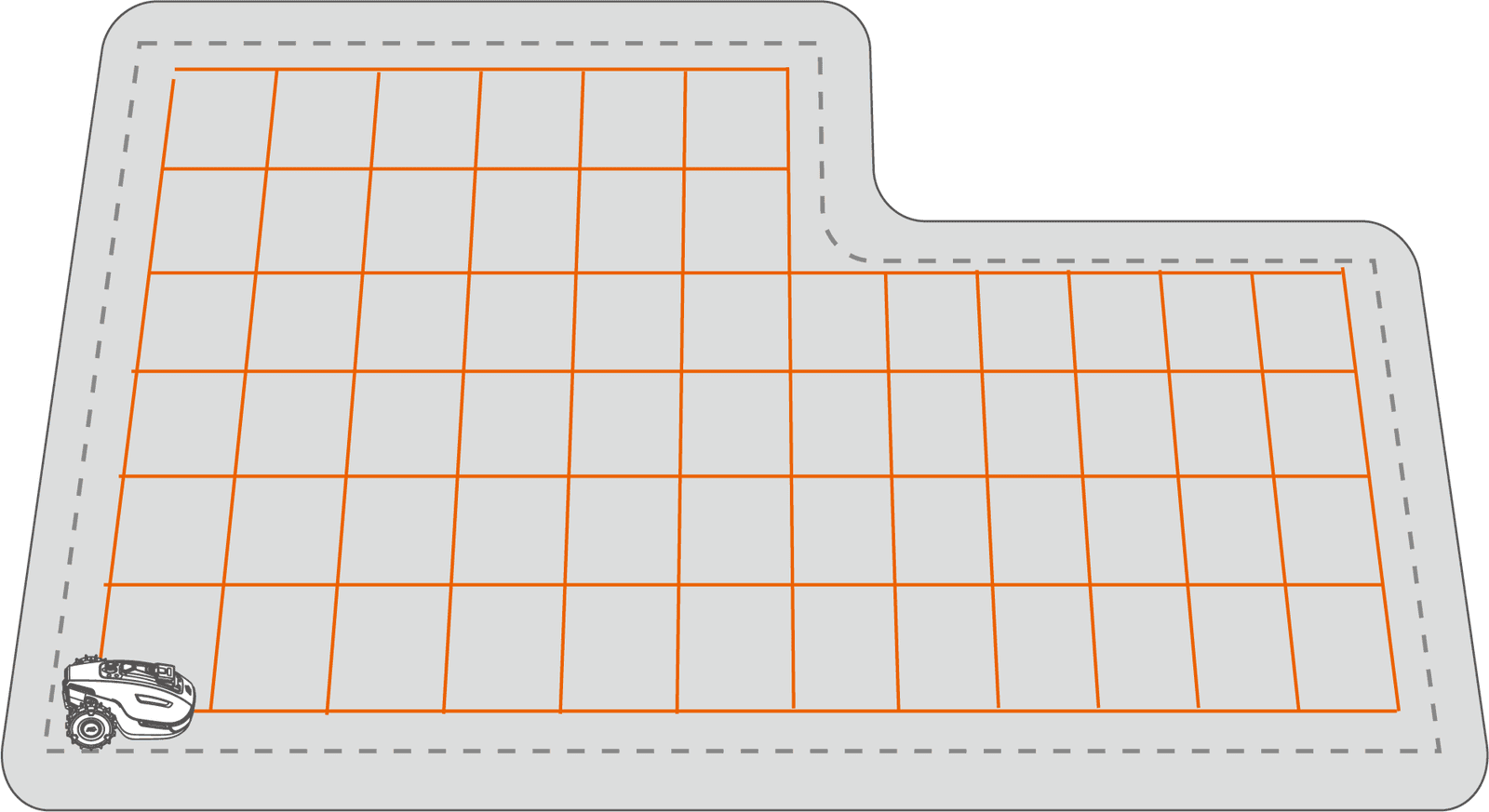
How Users Can Select or Adjust These Patterns
Mammotion users can choose their preferred pattern and configure parameters such as path spacing, cutting angle, and start location directly in the mower’s app. This flexibility allows homeowners to tailor mowing behavior to their yard layout, maximizing efficiency, coverage, and overall lawn appearance.
Tips to Optimize Lawn Mowing Patterns With Robotic Mowers
To get the most out of your robotic mower’s lawn mowing patterns, follow these key tips:
- Adjust angle of cut: Changing the cutting angle slightly between passes promotes upright grass growth and prevents the lawn from leaning in one direction.
- Alternate pattern direction weekly: Switching the direction of mowing each week ensures even coverage and reduces compaction in high-traffic areas.
- Mowing frequency: Regular mowing keeps grass healthy, allows clippings to decompose naturally, and maintains consistent lawn height.
- Edge-first mowing + interior mowing: Start with perimeter edges to define boundaries, then complete interior passes to ensure no areas are missed.
- Avoid setting path spacing too wide: Narrower path spacing guarantees full coverage, prevents uncut patches, and maintains uniform grass height.
By following these simple practices, you can maximize efficiency, maintain lawn health, and achieve consistently clean and even results.
Conclusion
Understanding lawn mowing patterns is essential for maximizing the efficiency and effectiveness of robotic lawn mowers. Different patterns, from random to systematic, offer unique advantages depending on lawn size, shape, and complexity. Random patterns provide multi-direction coverage, promoting healthy turf, while systematic patterns, such as straight-line, zigzag, or chessboard paths, ensure efficient, predictable, and thorough mowing.
By selecting the appropriate mowing pattern and optimizing settings—like cutting angle, pattern direction, mowing frequency, and path spacing—homeowners can achieve uniform grass height, reduced compaction, and overall lawn health. Mammotion robotic mowers offer the flexibility to use both zigzag and chessboard systematic patterns, making them ideal for a variety of yard layouts.
Frequently Asked Questions
1. What are the main lawn mowing patterns used by robotic mowers?
Robotic mowers primarily use two lawn mowing patterns: random (moving in unpredictable directions) and systematic or straight-line (parallel or grid-based paths), that adjust based on lawn shape and obstacles.
2. How does the random mowing pattern work?
The random mowing pattern has the mower travel in straight lines until it hits a boundary or obstacle, then changes direction. Over time and multiple passes, this ensures full coverage, though efficiency is lower than systematic patterns.
3. What are the benefits of systematic mowing patterns?
Systematic patterns, such as straight-line, zigzag, or chessboard paths, reduce overlap, improve battery efficiency, provide predictable navigation, and deliver a uniform cut, making them ideal for large or obstacle-free lawns.
4. How can I optimize my robotic mower’s lawn mowing patterns?
Optimize mowing patterns by adjusting the cutting angle, alternating pattern directions weekly, maintaining frequent mowing, starting with edge-first passes followed by interior mowing, and keeping path spacing narrow for complete coverage.
5. Do lawn mowing patterns affect lawn health?
Yes. Multi-direction mowing from random patterns promotes upright grass growth, reduces compaction, and prevents uneven wear. Systematic patterns also maintain consistent height and coverage when properly configured.
6. What mowing patterns do Mammotion robotic mowers use?
Mammotion robotic mowers support two systematic patterns: the zigzag (parallel path) and the chessboard (cross-cut grid) pattern, allowing homeowners to choose between efficient straight-line coverage or thorough double-cut grid coverage.





